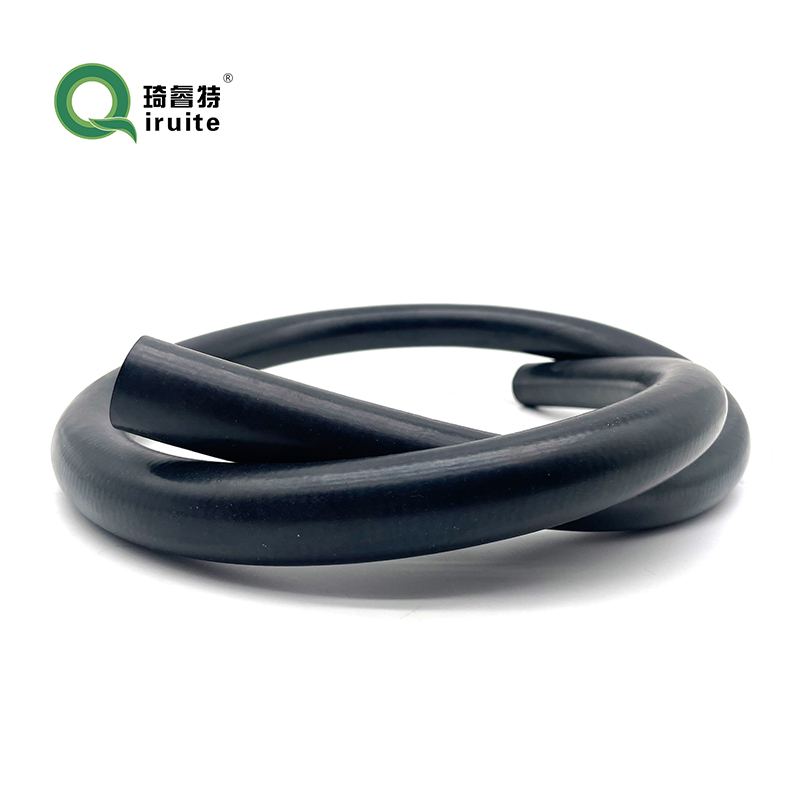Jeep Power Steering Hose Replacement Guide and Maintenance Tips
Understanding Jeep Power Steering Hoses Importance, Maintenance, and Replacement
When it comes to off-roading and navigating different terrains, the Jeep is a vehicle that stands out due to its ruggedness and reliability. One of the key components that contributes to the smooth handling of a Jeep is its power steering system. Among the critical parts of this system is the power steering hose, which plays a vital role in ensuring that steering is effortless and responsive.
The Role of Power Steering Hoses
Power steering hoses are responsible for transporting hydraulic fluid between the power steering pump and the steering gear. This hydraulic fluid allows for the transfer of power, enabling drivers to maneuver their vehicles with ease, even in challenging driving conditions. In simple terms, the power steering hose helps amplify the driver's input, making steering less strenuous, especially when navigating tight corners or tough terrains.
The hoses in a Jeep's power steering system typically comprise two main types the high-pressure hose and the low-pressure return hose. The high-pressure hose carries fluid from the pump to the steering gear, where the fluid pressure helps turn the steering column. Conversely, the low-pressure return hose directs the fluid back to the reservoir after it has assisted in steering.
Signs of Wear and Tear
Like any automotive component, power steering hoses can suffer from wear and tear over time. Jeep owners should be aware of several symptoms that indicate their power steering hoses may need attention. Common signs of a failing power steering hose include
1. Leaking Fluid One of the most obvious signs of a problem is the presence of power steering fluid leaks. Look for puddles under the vehicle or wet spots on the hoses themselves. A leak not only reduces the efficiency of the power steering system but can also lead to more severe damage if not addressed promptly.
jeep power steering hose

2. Difficulty in Steering If you notice that your steering has become stiff or difficult to turn, it could be a result of low fluid levels caused by a compromised hose. This symptom may also indicate issues with the power steering pump or other components in the system.
3. Unusual Noises A whining or groaning noise when turning the steering wheel can signal air in the power steering system, which can result from a leak in the hoses. The noise may become more pronounced during sharp turns or at lower speeds.
Maintenance and Replacement
To avoid complications related to power steering hoses, regular maintenance is essential. Jeep owners should routinely inspect their hoses for any signs of damage, such as cracks, bulges, or fraying. Additionally, checking fluid levels in the power steering reservoir can help detect potential issues early on.
If a power steering hose shows signs of significant wear or damage, it’s crucial to replace it as soon as possible. While the replacement process can be performed at home for those with mechanical skills, it’s often advisable to consult a professional mechanic to ensure the job is done correctly.
Using high-quality replacement hoses is vital. OEM (Original Equipment Manufacturer) hoses are designed specifically for Jeep models, ensuring compatibility and reliability. Cheaper alternatives may not withstand the demands of off-roading and could lead to premature failure.
Conclusion
The power steering hose is a small but indispensable part of a Jeep’s power steering system. Understanding its function and the signs of potential issues can help Jeep owners maintain their vehicles effectively. Regular inspections and prompt replacements when needed can ensure a smooth and enjoyable driving experience, whether on the highway or conquering rugged trails. Proper care of your Jeep's power steering system not only enhances performance but also prolongs the lifespan of the entire vehicle.
-
Ultimate Spiral Protection for Hoses & CablesNewsJun.26,2025
-
The Ultimate Quick-Connect Solutions for Every NeedNewsJun.26,2025
-
SAE J1401 Brake Hose: Reliable Choice for Safe BrakingNewsJun.26,2025
-
Reliable J2064 A/C Hoses for Real-World Cooling NeedsNewsJun.26,2025
-
Heavy-Duty Sewer Jetting Hoses Built to LastNewsJun.26,2025
-
Fix Power Steering Tube Leaks Fast – Durable & Affordable SolutionNewsJun.26,2025

